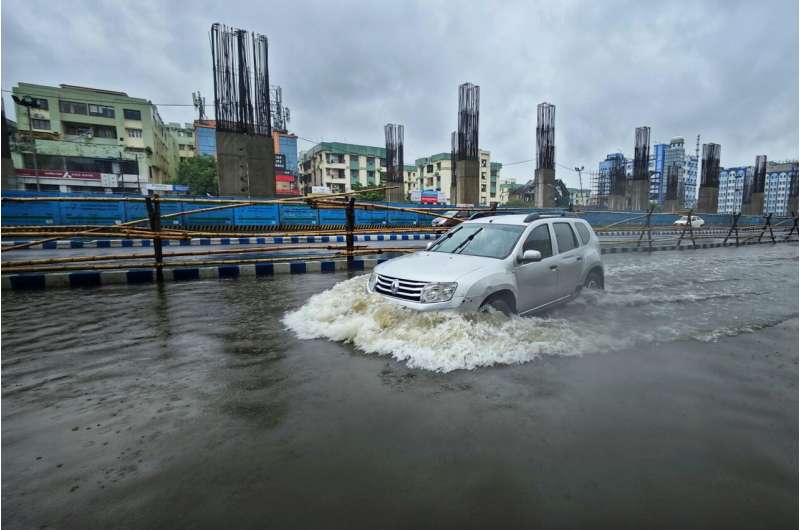Study reveals true cost of compounding disasters in UN report

Gaby Clark
scientific editor

Andrew Zinin
lead editor

Groundbreaking research from the University of Strathclyde which reveals many of the most damaging disasters are multi-hazard and not single events has been featured in a UN report.
, led by Strathclyde researchers, offers a transformative reclassification of disasters. It reveals that many of the most damaging events are not isolated incidents but the consequence of several incidents—where, for example, floods trigger landslides, cyclones drive flooding, or droughts accelerate desertification.
United Nations
The research has been featured in the (GAR) on Disaster Risk Reduction, published by the United Nations Office for Disaster Risk Reduction (UNDRR).
Dr. Chris White from Strathclyde's Department of Civil and Environmental Engineering, said, "Our research shows that disaster losses are often compounded by these multi-hazard dynamics, where the total impact exceeds the sum of the individual events. In other words, two plus two often equals more than four."
This insight is underlined in the GAR 2025, which focuses on financing and investing for resilience. While only 19% of recorded disasters over the past century were categorized as multi-hazard, they accounted for nearly 59% of total economic losses.
The UN's Global Assessment Report is its flagship analysis of global disaster risk, offering critical insights to inform resilience planning and sustainable development. The inclusion of Strathclyde's research in the 2025 edition underscores its international relevance and impact.
More information: The full GAR 2025 report is available via .
Journal information: Science of the Total Environment
Provided by University of Strathclyde, Glasgow
















